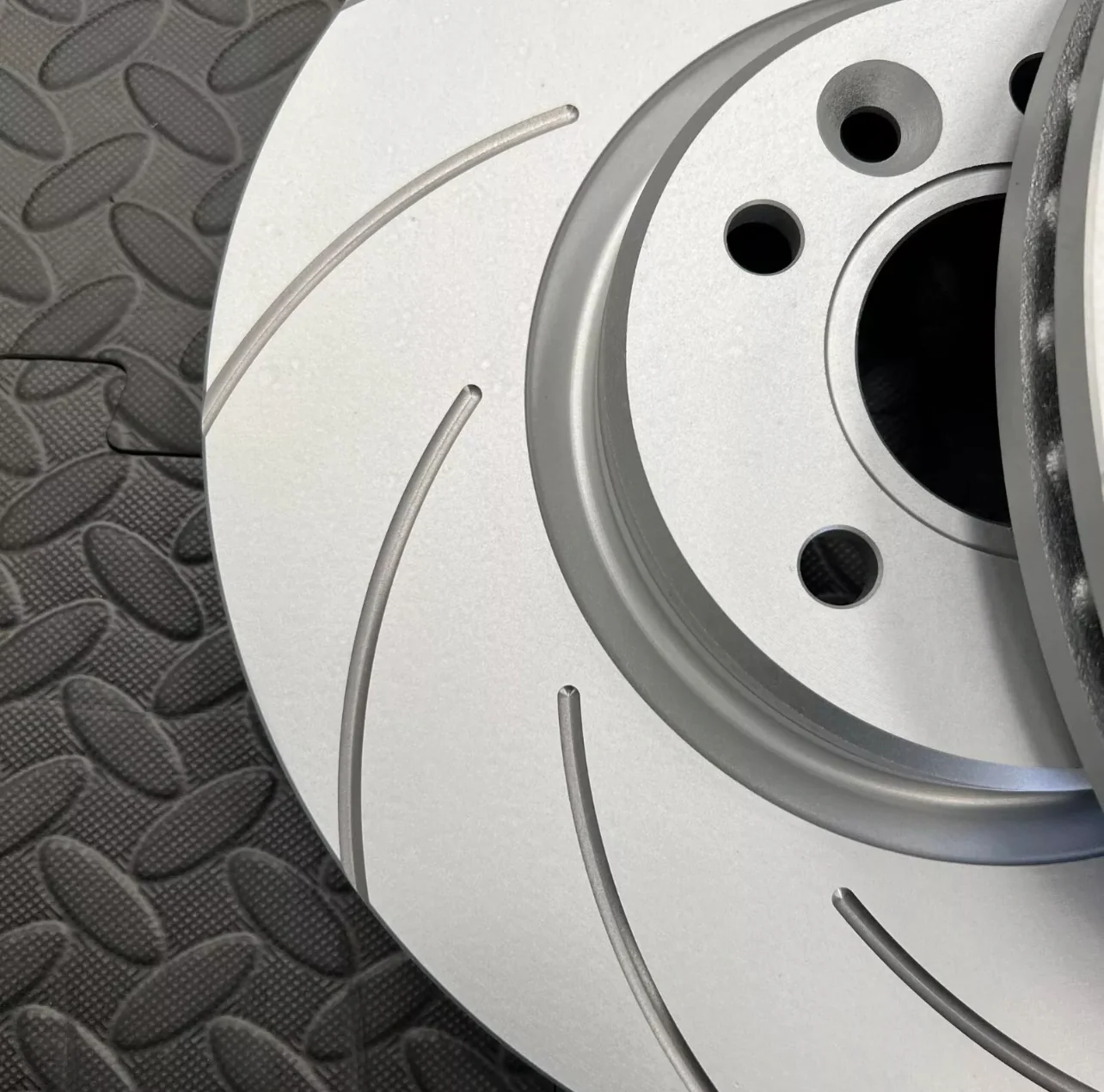Your brakes are the most important safety feature on your vehicle. Period. While modern braking systems may seem like a complex mystery, the fundamental principles are surprisingly simple. Understanding the basics of how your brakes work, what the components are, and—most critically—the warning signs of a problem can literally save your life and prevent expensive repairs.
1. The Basics: How Your Brakes Work
When you press the brake pedal, you are initiating a highly efficient process based on hydraulics—the use of fluid to transmit force.
The braking process, in simple terms, is a chain reaction:
- Pedal to Master Cylinder: Your foot pushes a piston inside the Master Cylinder.
- Force Magnification: The master cylinder pushes Brake Fluid (the “messenger”) through the lines. This system magnifies your foot’s pressure exponentially.
- Fluid to Wheels: The pressure travels to the Brake Calipers at each wheel.
- Friction Stop: The caliper uses that immense hydraulic pressure to clamp the Brake Pads onto the spinning Brake Rotors, creating the friction necessary to stop your car.
Essentially, the entire system converts the vehicle’s momentum (kinetic energy) into heat, slowing you down safely.
2. The Four Essential Components
Every driver should be familiar with these four parts of the standard braking system:
| Component | What It Is | What It Does |
| Brake Pads | The friction material (ceramic, semi-metallic, etc.) | Clamps down on the rotor to create friction and slow the car. |
| Brake Rotors | The smooth, metal disc or drum | The surface that the pads squeeze against. |
| Brake Calipers | The stationary “clamp” that mounts over the rotor | Holds the brake pads and uses pistons to push them onto the rotor. |
| Brake Fluid | The specialized hydraulic fluid | Transmits force from the pedal to the wheels. It must not be compressible. |
3. Warning Signs You Can’t Ignore
Paying attention to your vehicle’s senses sound and feel—is the best way to catch a brake problem early.
A. Noise Warnings
- Squealing: This is usually the high-pitched sound of the brake pad’s integrated wear indicator. It’s an intentional noise designed to warn you that your pads are approaching their minimum thickness. Action: Schedule service immediately.
- Grinding: This is a severe, metal-on-metal sound. It means your brake pads are completely worn out, and the metal backing plate is digging into the rotor. Action: Stop driving immediately and have the vehicle towed to a repair shop. This is a safety hazard and will cause expensive rotor damage.
B. Feel Warnings
- Spongy or Soft Pedal: The pedal feels mushy or sinks to the floor. This often indicates air or a leak in the hydraulic system. This can lead to total brake failure.
- Pulsing or Vibration: You feel a pulsing sensation in the pedal or steering wheel when braking. This usually means the rotors have uneven wear or material deposits (often called “warping”) and need replacement or resurfacing.
- Pulling: The car pulls sharply to one side when you brake. This can indicate uneven pad wear, a seized caliper, or a blockage in a brake line.
C. Dashboard Light
- The Red BRAKE Light: This light can indicate one of two things: the parking brake is engaged, or your brake fluid level is critically low. If the parking brake is not engaged, a low fluid level points to a severe leak or extremely worn pads. Action: Check fluid levels immediately and seek professional inspection.
4. Essential Brake Maintenance for Every Driver
Brake maintenance is essential for both your safety and your wallet.
- Flush Your Brake Fluid: Brake fluid naturally absorbs moisture over time. Water in the fluid lowers the boiling point, which can cause the brakes to fail under hard use (a condition called “brake fade”). Follow your manufacturer’s recommendation, usually every two to three years, to have the fluid flushed and replaced.
- Don’t Ignore the Squeal: Ignoring the wear indicator to save money is a false economy. Replacing $150 brake pads is much cheaper than replacing $600 worth of pads and damaged rotors.
- Ask for an Inspection: Make it a habit to ask your mechanic to visually inspect the brake pads and rotors at every tire rotation or oil change. A quick visual check is the best way to proactively catch small issues.
Conclusion: Your Safety is in Your Hands
Ultimately, the braking system is your car’s most critical lifeline. By familiarizing yourself with the basic components and immediately reacting to the warning signs of noise or vibration, you can maintain the system’s integrity. Proactive brake maintenance is the easiest and most effective way to ensure that your car stops reliably every single time you need it to.




